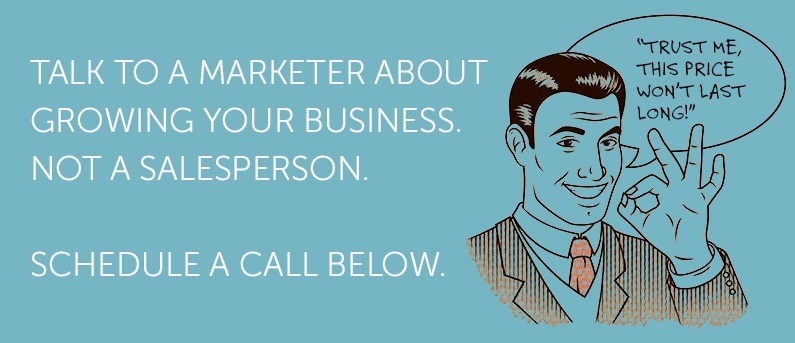Abuse. You find it everywhere, and the Internet is no exception. There are multiple ways to “game” the system, ranging from identity theft to black hat SEO tactics. Negative SEO is one of those ways, and it’s a form of abuse you’re unlikely to see coming. It’s the practice of destroying your website’s rankings by framing you for unethical practices, such as building spammy backlinks to your page so Google penalizes you. Voila! You’re gone, and your competition scores, big time. If you discover your site has been the victim of this kind of attack, there are a number of things you can do to restore your online rank and reputation. 
#1: Report to Google
The first thing you need to do after a negative SEO attack is make Google aware of what’s going on. Whether the attack takes the form of hacking, clicking your AdSense ads to get you banned, or just linking to your page from thousands of junk sites, you need to tell them in writing so they know it isn't you.
#2: Improve Your Content
Once again the quality of your content comes to the fore. Focus on building up information-rich content that links to authoritative sources and encourages sharing on social media. Update the site regularly so each time the search engines “crawl” your content they find new material. Both of these factors matter to search engines and help determine which pages turn up in search results. There’s every possibility that the competitors trying to harm your site’s performance have inferior content, so if your site is robust enough to withstand scrutiny it will help you to weather the storm.
#3: Boost Your Link Profile
With poor link-building being the primary form of negative SEO, the best way to boost your link profile is to regularly add high quality links. This will improve the ratio of good links to bad and help you to sustain your ranking in spite of the activity.
#4: Watch Your Web Stats
If bad links are at the root of a negative SEO attack, you have to get rid of them before you can begin rehabilitation. The most important thing to do is to identify when you’ve been the victim of this practice by checking your website stats regularly. Watch for fluctuations in traffic and look to see the reason for this. The earlier you identify that you’ve been targeted, the faster you can work to repair the damage.
#5: Get Rid of Bad Links
Once you identify that you’ve been targeted for negative SEO, you need to get rid of the bad links. Contact the webmasters of the sites that are linking to yours. They most likely had nothing to do with the attack, which was more likely caused by allowing a competitor of yours to post a link on their site. Let them know you’ve been attacked and ask them to remove the links. If possible, get details of the site that submitted the link so you can approach them directly.
Alternatively, you can use Google’s new tool to disavow links. This makes it possible for you to submit a list of links that you don’t want to Google. The search giant will consider the situation when it determines your positioning in search. This process can take some time but it works eventually.
#6: Set Up Google Authorship
This won’t help you after the fact, but it can help to prevent it happening again. By creating a profile on Google+ and claiming your authorship, you pull together everything you publish under your name, index your work and start building a ranking for your work. Not only does this help you build credibility in your market, but it helps prevent content theft. If Google finds your content somewhere else on the web, it will assume the content on the site with authorship is the original and penalize the other site/s before yours.
#7: Create Google+ Brand and Local Pages
The Google+ brand and local pages help you to prove the authenticity of your branding to Google. A brand page allows you to build up a following of loyal supporters over time, and Google has plans to migrate over the Places/Local pages to its social networking site in the near future. By being pro-active about setting these up you’ll increase your visibility in search, which pushes up your rankings and strengthens your online profile. This promotes a faster recovery than you might enjoy otherwise.
Falling victim to negative SEO is a problem in itself, but if you aren’t able to recover lost ground quickly and efficiently afterwards it could take time for your company’s reputation to recover. By implementing these measures ahead of time you can prevent—or at least contain—the damage, or help to restore your position after the fact.
*Image courtesy of freedigitalphotos.net

